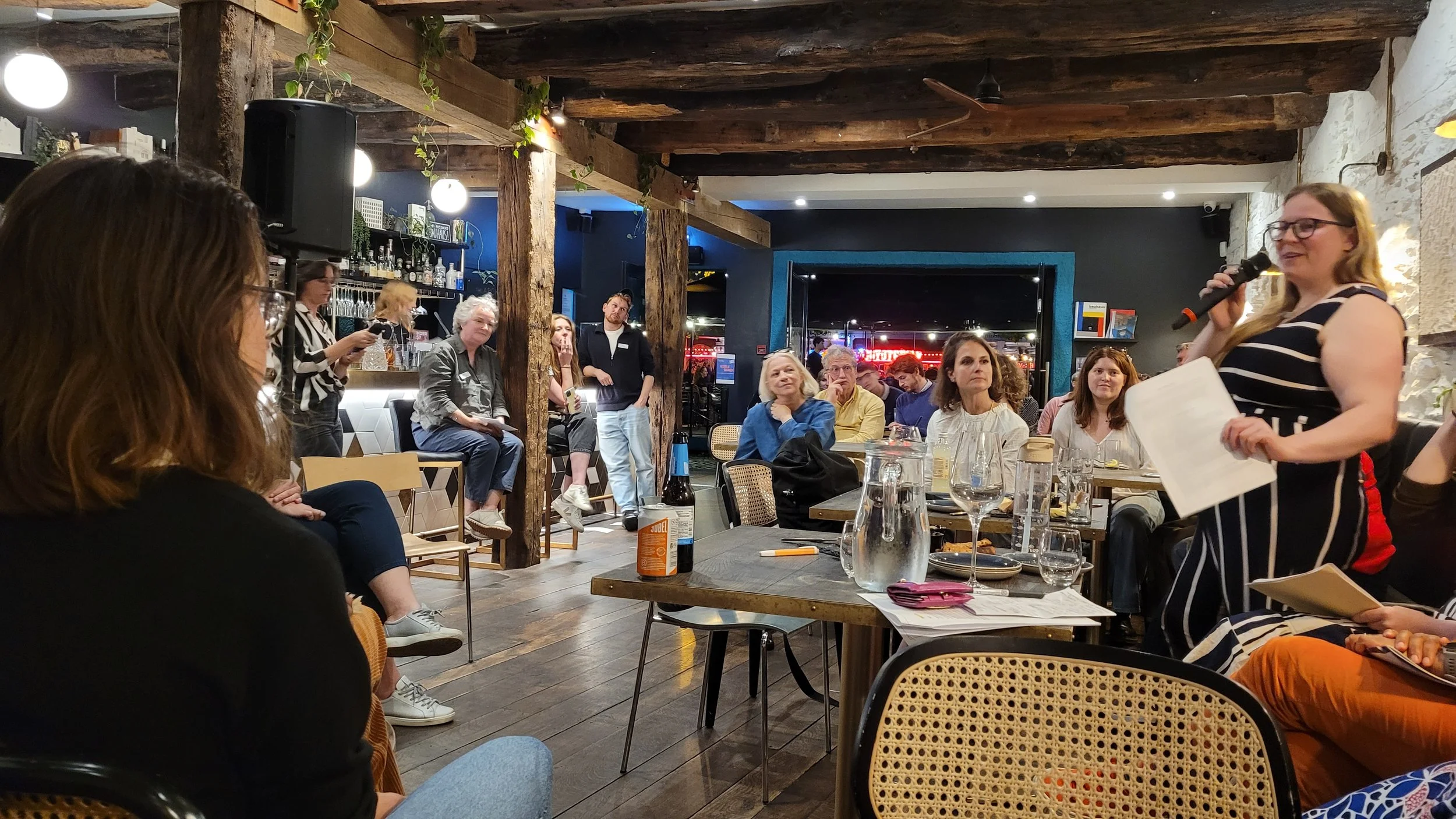Imagine a city…
…which has been design with women in mind.
I was struck by the positive messages coming from the speakers and the audience last night at Design West's invisible/visible cities event as we imagined a city where the primary users were women. Care givers whose daily commutes are not in straight lines, are characterised by trip-chaining, and are often accompanied by buggies or shopping. Teenage girls who don’t feel at home on the sports grounds that are common in our local parks. Mothers who need safe and comfortable places to breastfeed their infants. Women who want to be able to walk across their cities without having to consider whether their routes are safe at certain times of day.
Our city didn't look so different to the one we have now, but what it did have was spaces that were more inclusive, had public transport that worked better for more people, and had better access to ( and more pleasant to use) public toilets. Women and other underrepresented groups were more visible in street names, art work and statuary.
From data shared by Make Space for Girls, Veronica Barbaro and Sustrans we learned the crazy fact that designing specifically for women and girls actually makes for more inclusive spaces across the board.
So, how do we make this the norm?
Advocacy, advocacy, advocacy.
Most design isn't intentionally done to exclude women (and Intersectionalities), it is way more likely that it has been an oversight.
The more that designing for safety, community and respect is talked about in professional design circles, and including those who spaces are designed for, the more inclusive our spaces will be.


